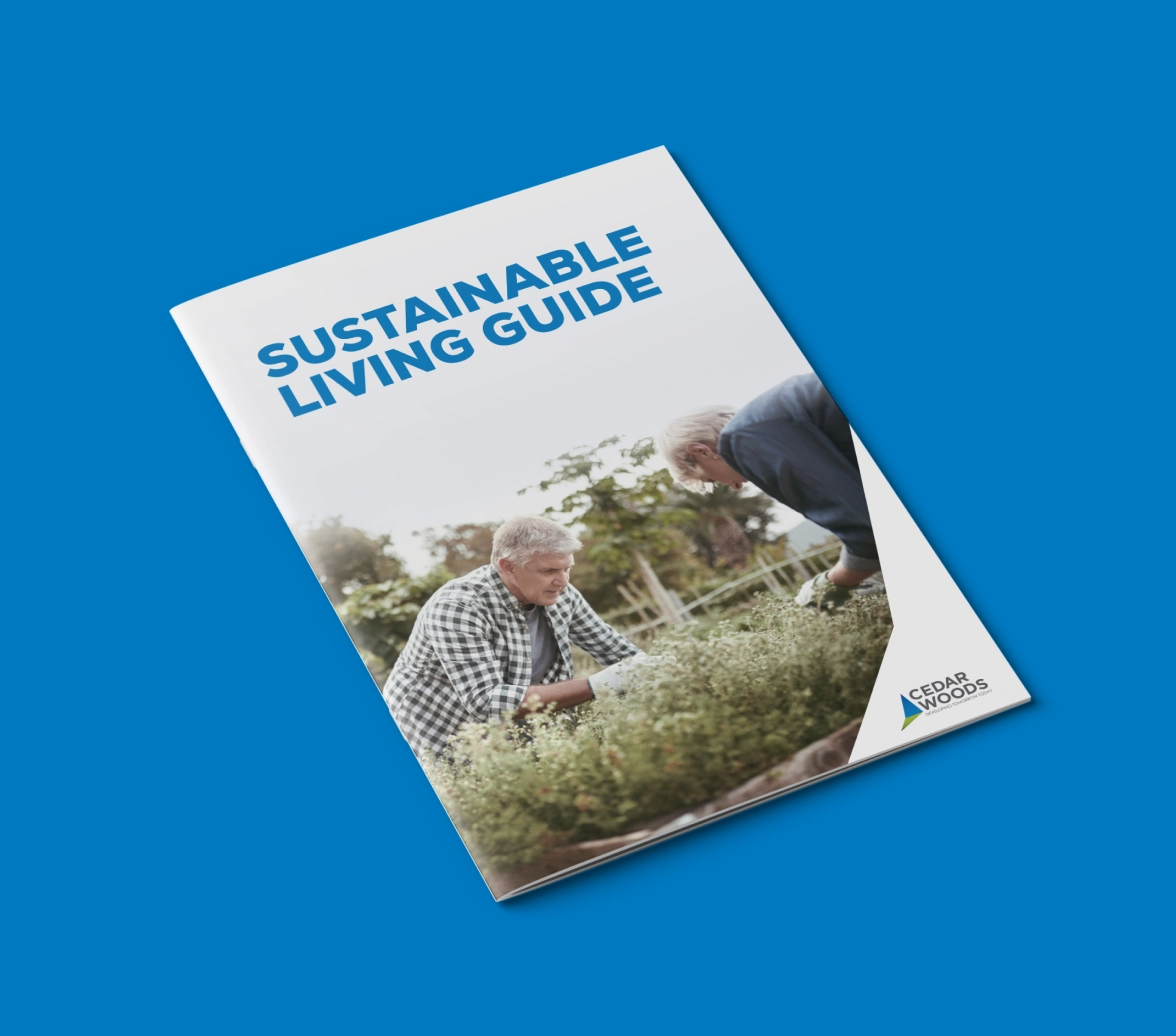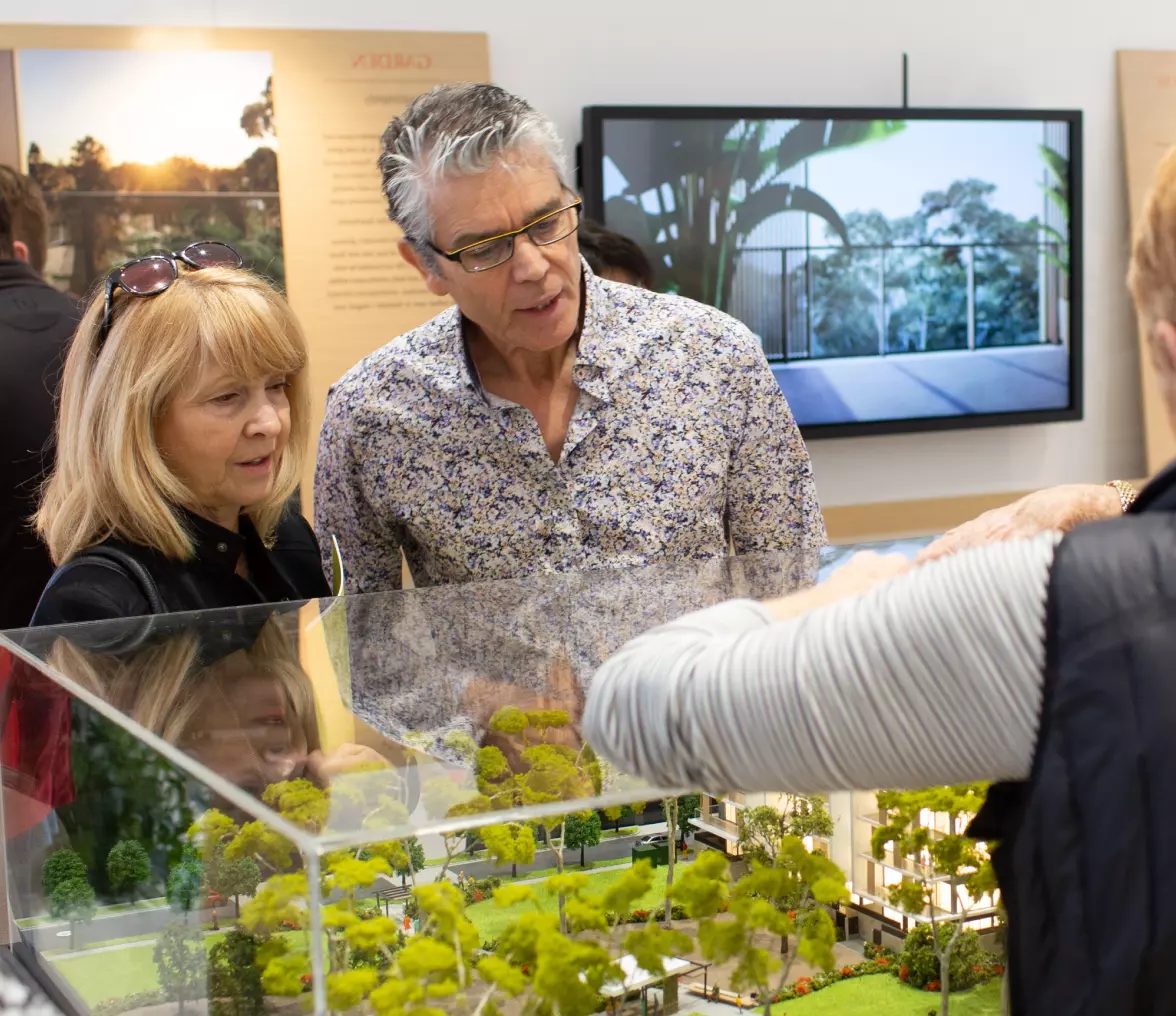Written by

We’ve long known it’s the right thing to do, but shifting to a more sustainable lifestyle can often be daunting – so daunting that it can put us off taking any action at all. The good news is that you don’t have to make an immediate, massive shift in everything you do or buy – and sometimes, just by choosing the right home in the right location, a lot of the hard work will be done for you!
Here are 2 practical tips to help you live more sustainably:
1. Choose a sustainable home
Let your home do the hard work and live sustainably without lifting a finger! While new builds adhere to the latest environmental standards, there’s much variation when it comes to optional design elements and eco-additions. Look out for:
- Inclusion of (or provision for) things like renewable energy, water conservation and recycling, and EV charging facilities – these will not only help you save money on bills but can prepare you for changes you might make in the future – for example, swapping out your petrol car for an electric one or installing solar panels.
- Smart (and efficient) lighting – lighting accounts for around 10% of the energy usage in our homes; however, efficient lighting, such as LED, uses around 75% less electricity than incandescent or halogen counterparts. Smart lighting (lighting connected to and accessed via an app) takes your energy savings a step further with functionality like motion sensors that automatically turn lights off if motion isn’t detected and automatic dimming adjustments made when daylight is detected.
- A focus on energy-efficient appliances – the government-regulated Energy Rating Label makes it easy to compare the performance of different appliances based on standardised energy consumption testing. Choosing the most efficient appliances will result in cost savings and lighten your environmental footprint.
- Specialised building materials – this includes materials that are natural, renewable (or both) and don’t require a lot of energy to manufacture, transport or install. Sustainable timber ticks a lot of these boxes.
- Design factors – taking the home's orientation into account (known as climate-responsive or solar-passive design) will maximise natural ventilation and the impact of the sun. Not only will this make your home comfortable year-round, but it can lead to significant reductions in heating and cooling costs.
- Choose a developer that walks the talk – Cedar Woods takes pride in creating more than just vibrant communities and have a reputation for being environmentally and socially responsible. Bushmead is an outstanding example of this focus – it’s one of a few exclusive communities in Western Australia to have been awarded the prestigious UDIA’s 5 Leaf EnviroDevelopment Accreditation.
2. Location, location, location
While it may have been the cost of Ubering home from a night out or proximity to family that dictated your desire to live in a specific neighbourhood, location can play a huge part in your ability to live a more sustainable lifestyle without much effort. And that comes down to ease of access to amenities and transport. Here’s how:
- Access to public transport – transport is Australia’s third largest source of greenhouse gas emissions. As a nation, we lag well behind the global pack – with transport emissions 45% higher than the OECD average. Cedar Woods’ master-planned communities like Jackson Green – just 20km from Melbourne CBD and 1km from the well-connected Clayton Station – are designed with easy access to public transport hubs as a top priority, meaning leaving the car home becomes a viable option.
- Essential amenities are on hand – what if your local supermarket, doctor, and schools were walkable or easily accessed by public transport? Developments like Glenside are a perfect example of this – located a leisurely 15-minute or 2km stroll from Adelaide's CBD, you’ll benefit from easy access to all the essentials.
- Green spaces are prioritised – from dog parks to picnic spots and walking tracks, choosing a location that encompasses green space is good for your health and makes living locally a breeze. Cedar Woods' Ellendale master-planned community is a prime example of this – where a phenomenal 40% of the overall site is dedicated to green space.
Living sustainably takes action
From small actions like tweaking your everyday habits to more significant shifts such as choosing a home within a community that embraces a sustainable lifestyle, living sustainably does take conscious effort up front – but will quickly become ingrained in your daily life.
Choosing a sustainably focussed home within a carefully considered community makes living a sustainable lifestyle easy – and Cedar Woods has over thirty years of experience creating thriving communities.
If sustainability is a top priority for your new home, our sustainability guide for Australian home buyers is your best next step. Read it now.




.jpg?width=345&name=1165_Lowres%20(2).jpg)
